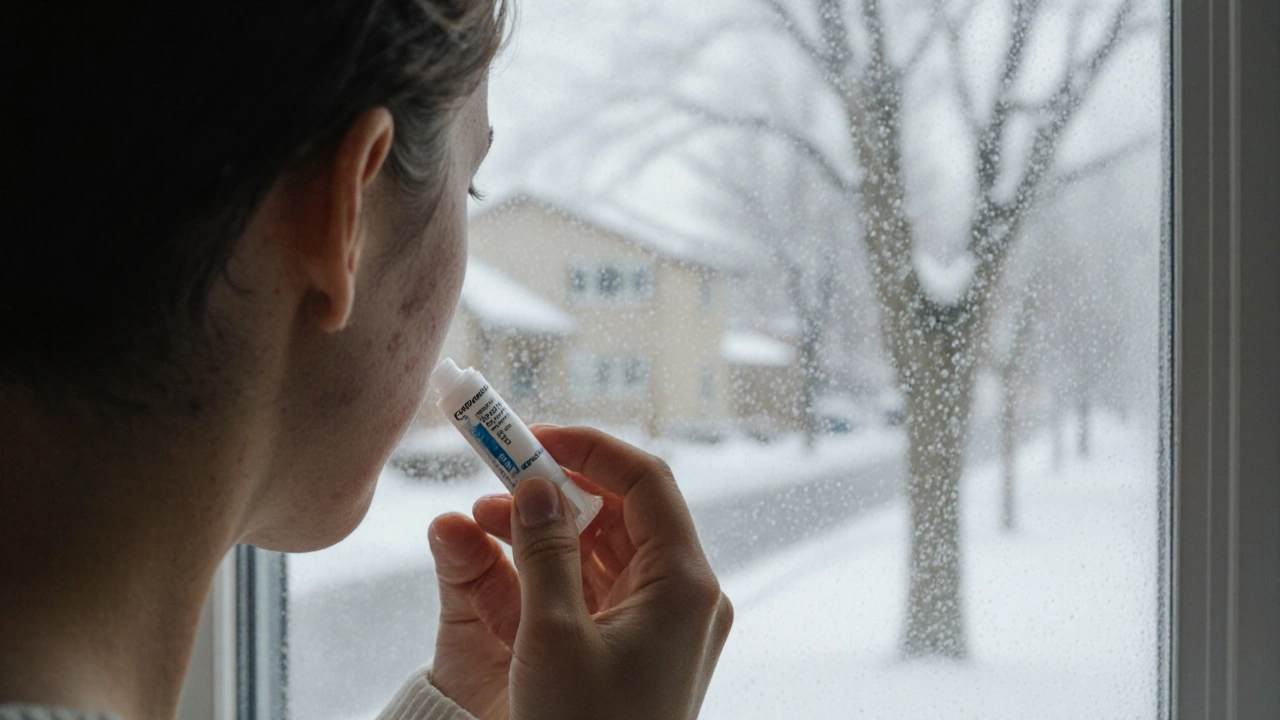Topical Antibiotics: What They Are and How They Work
When dealing with Topical Antibiotics, medicinal creams or ointments applied to the skin to stop bacterial growth. Also known as skin antibiotics, they are used when a cut, burn, or acne flare‑up needs a direct fight against infection. Bacitracin, a common ingredient, works by disrupting bacterial cell wall formation. Another frequent choice is Mupirocin, which blocks protein synthesis in skin‑living bacteria. Overusing these creams can fuel Antibiotic Resistance, where bacteria adapt and become harder to treat. In short, topical antibiotics treat skin infections, contain specific agents, and need careful use to stay effective.
Why Choose a Topical Form Over Oral Medication?
Topical delivery targets the problem area directly, which means lower systemic exposure and fewer whole‑body side effects. For minor cuts or mild folliculitis, a cream works faster and often costs less than a pill. The skin barrier also acts as a natural filter, letting the drug concentrate where it’s needed while sparing the gut microbiome. That’s why doctors often prescribe a short course of topical antibiotics before considering oral therapy. The choice also depends on the pathogen: Staphylococcus aureus and Streptococcus pyogenes are typical culprits that respond well to bacitracin or mupirocin applied twice daily.
Application technique matters, too. Clean the wound with mild soap, pat dry, then spread a thin layer of the ointment—no need for a thick coat. Over‑application doesn’t speed healing; it only increases the chance of resistance and skin irritation. Most products advise a 5‑ to 7‑day regimen; extending beyond that without a doctor’s go‑ahead rarely adds benefit and may harm the skin’s natural flora.
Side effects are usually mild—redness, itching, or a brief burning sensation. If you notice swelling, blistering, or a spreading rash, stop use and contact a healthcare professional. Those signs could mean an allergic reaction or that the infection is worsening and needs oral antibiotics or a different approach.
Special populations, such as children or pregnant people, should get extra guidance. Some topical antibiotics contain preservatives that aren’t recommended for infants, while others are considered safe throughout pregnancy. Checking the product label and consulting a pharmacist can prevent unnecessary risk.
Beyond individual treatment, topical antibiotics play a role in public health. Proper stewardship—using them only when needed, following the prescribed duration, and not sharing medication—helps keep bacterial resistance rates low. This aligns with broader campaigns that promote responsible antibiotic use in hospitals and communities.
In our collection below, you’ll find detailed guides on specific products like Aldara cream, comparisons of different antibiotic options, safety checklists for buying generic antibiotics online, and practical tips for managing skin infections at home. Whether you’re looking for a quick fix for a small cut or deeper insight into antibiotic resistance, the articles ahead cover a wide range of scenarios you might face.
Cleocin Gel (Clindamycin) vs. Other Topical Antibiotics: Pros, Cons & Alternatives
A detailed look at Cleocin Gel (clindamycin) compared with other topical antibiotics, covering uses, side effects, resistance and best alternatives for acne and skin infections.
